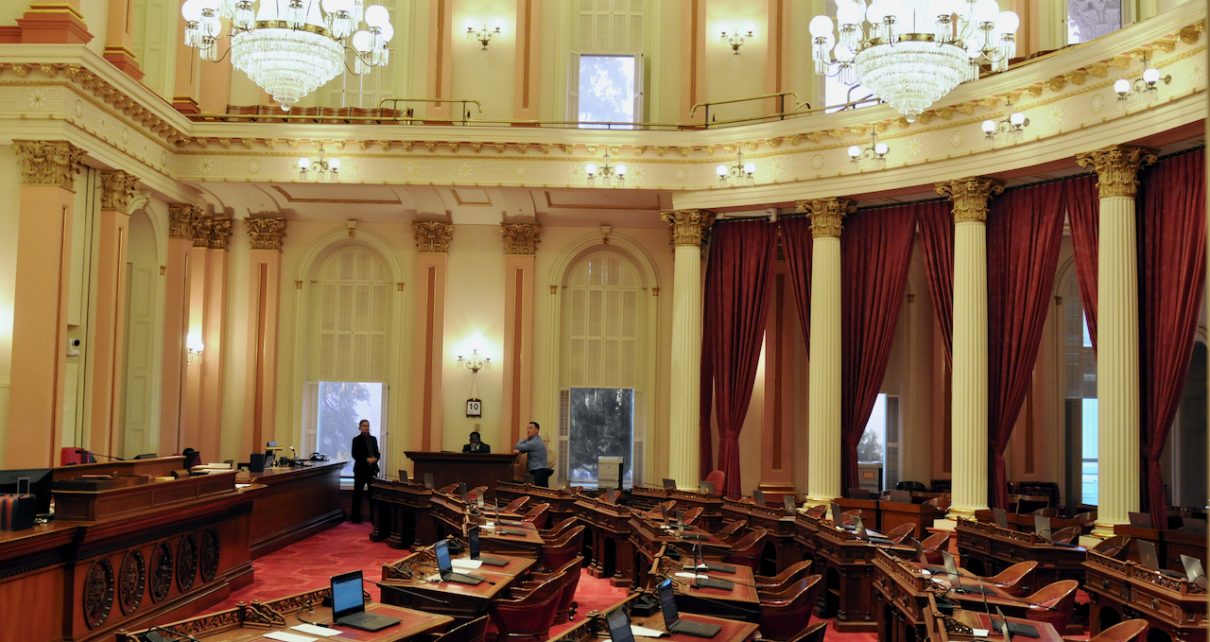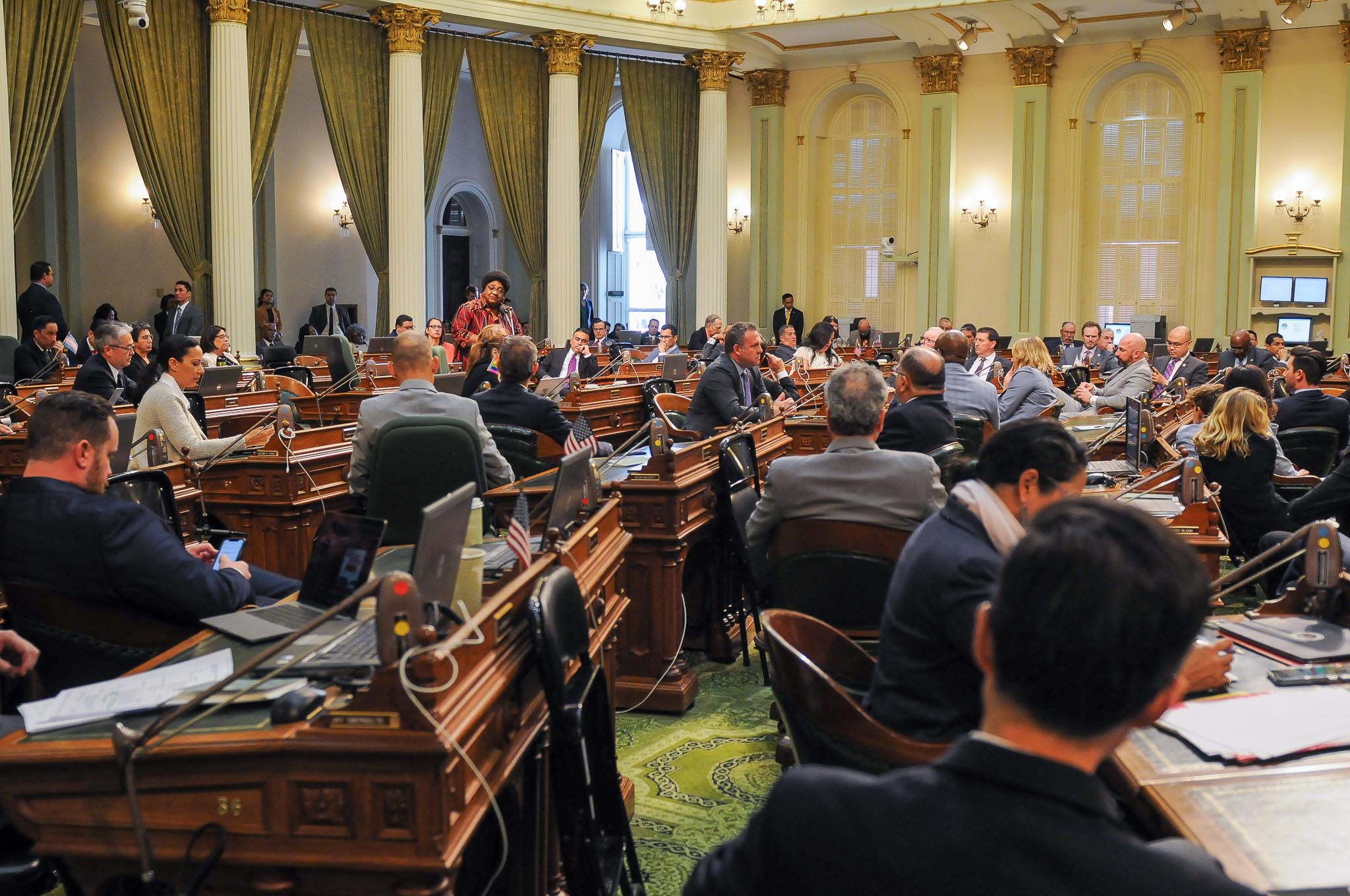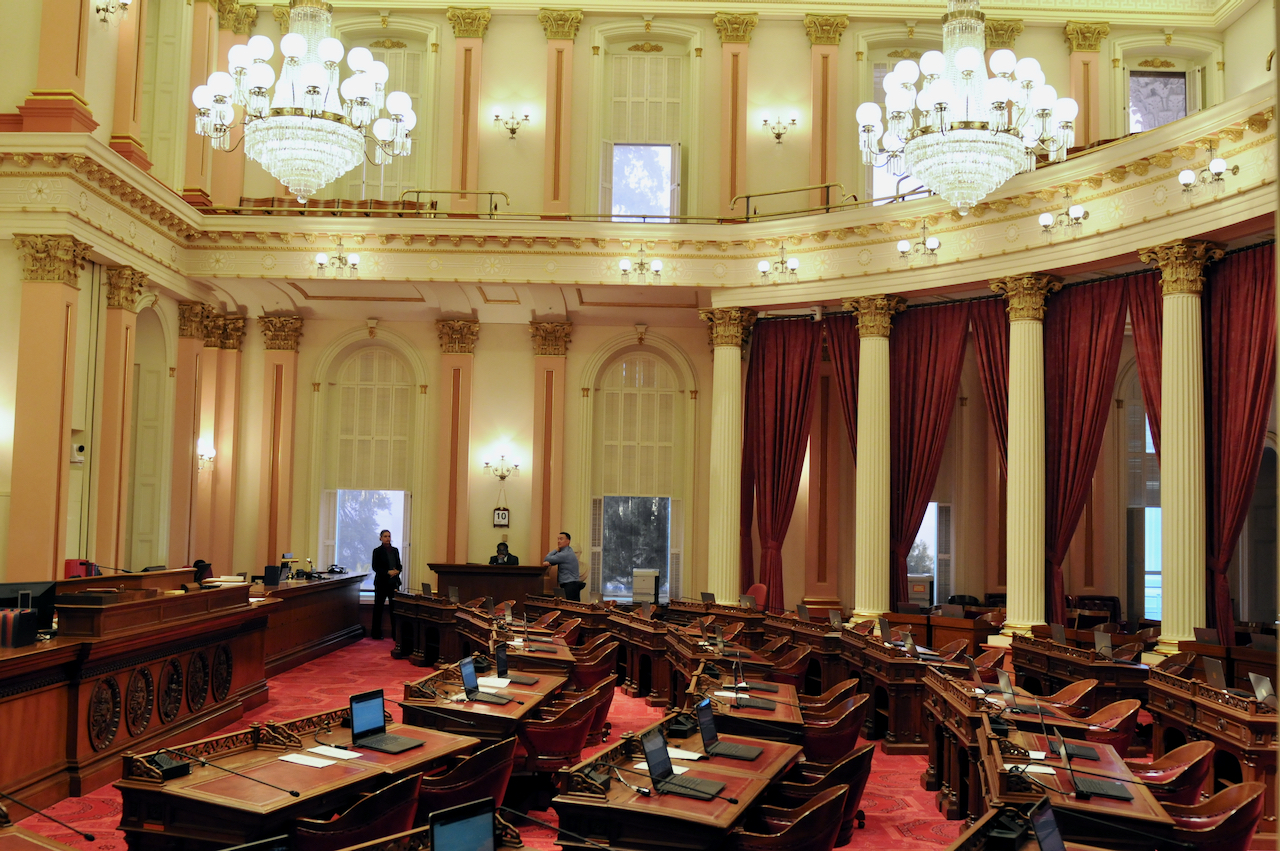
California Senate Chambers. (Photo: Kevin Sanders for California Globe)
Specific Bill Drafting Guidance in California
The following are some of those principles in the drafting manuals of other states, which appear to apply in California
By Chris Micheli, February 27, 2023 6:26 am
In the California Legislature, there are quite a few specific bill drafting principles, just as they exist in most other states. Although California does not publish its bill drafting manual, a majority of states do so.
The following are some of those principles I have found in the drafting manuals of other states, which appear to apply in California based upon my review of legislation over the years:
- If a department is defined, then all subsequent references in the statute should be to “the department.” The department’s full name need not be written out, except when confusion would result from references to other departments.
- Use lower case for titles of public officials.
- Capitalize short titles of acts.
- Express numbers in the text with words followed by numerals in parentheses.
- Hyphenate numbers from twenty-one to ninety-nine.
- Write dates in the form of “month” then “day.” When a month, day, and year are used as a date in a sentence, use a comma after the day and the year.
- Use “first,” “second,” or “third,” instead of “1st,” “2nd,” or “3rd.”
- When identifying amounts of money, use decimals for numbers less than one hundred dollars or if cents are indicated, but do not use decimals for numbers equal to one hundred dollars or more.
- Use “years of age” when stating a person’s age
- Always hyphenate fractions.
- Generally, do not hyphenate words beginning with “pre,” “non,” or “re.”
- A comma should follow each element of a series containing three or more elements connected by a final conjunction
- Use quotation marks when defining a word or phrase.
- Do not use “shall” to state what the law is or how it applies in the future.
- Use “may” to express permission to do something or preserve power to do something. “May” authorizes or permits rather than commands.
- The words “such” or “said” should not be used as a substitute for the words “the,” “that,” “it,” “those,” or “them” or similar words.
- Do not use “sunset” as a verb. Instead use “expire” or “is repealed.”
- Strive to use gender-neutral language.
- Do not use “and/or,” as the conjunctions have very different meanings and may cause confusion when used together. Instead, use “or” when one or more is sufficient, and use “and” when all are required.
- If a concept can be expressed either positively or negatively, then express it positively.
- Do not use “etc.,” “i.e.,” “e.g.,” or “viz.,” as the abbreviations are considered shorthand and lack a clear and distinct meaning.
- Terms should be used consistently throughout the legislation.
There are certainly many other drafting guidelines for California, as well as most other states, but the above ones are consistent among the states.
Latest posts by Chris Micheli (see all)
- Service of Summons in California Civil Actions - December 11, 2024
- Sunset Clause Versus Repeal Clause - December 10, 2024
- Describing a Spot Bill - December 9, 2024




